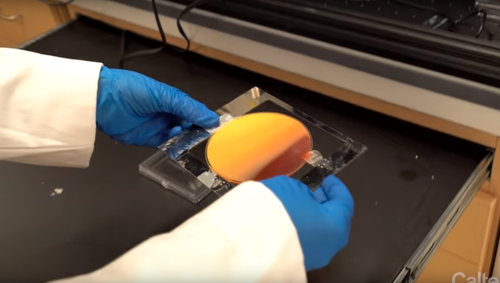It might sound like a biblical proposition, but turning water into fuel could soon become a reality as a team of scientists have discovered materials to enable the conversion process.
And this isn’t just for use on a small scale, if the experiments continue to be successful, the experts suggest this could be a long-term commercially viable alternative to replacing coal, oil and other finite fossil fuels.


For the last four decades researchers have been looking at the potential of so-called solar fuels, renewable sources created using only sunlight, water and carbon dioxide – the eco-friendly dream.
Although the list of ingredients may be simple enough, the key to producing any of these target fuels (the highly flammable hydrogen gas or hydrocarbon fuels) requires the water molecules to be broken down into their component oxygen and hydrogen atoms.
And, the problem is that water does not simply break down when the sun shines on it.
A fact, which is good for the sake of the earth’s oceans, but means that in this process they need a little encouragement from a solar-powered catalyst.
These splitting catalysts are known by scientists as ‘photoanode’ materials, and in the last forty years there were only sixteen known in existence.
But the new study, conduced by a team in California, has found twelve more in just 24 months, John Gregoire, JCAP thrust coordinator, said: “It’s exciting to find twelve new potential photoanodes for making solar fuels.”
The reason they have been able to speed up the process is because it used to involve testing individual compounds to assesses their potential.
Now they have used a computer-based approach to mine a minerals database and screen the properties digitally.
